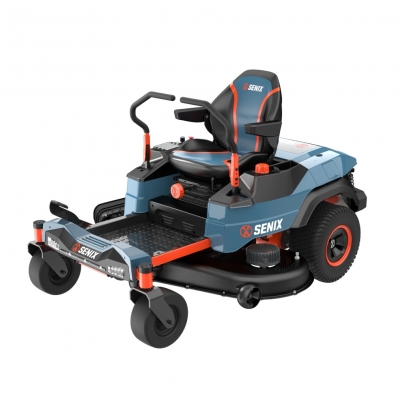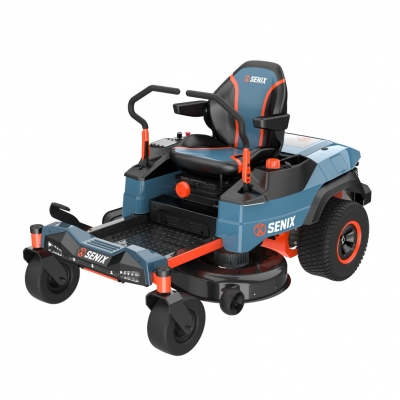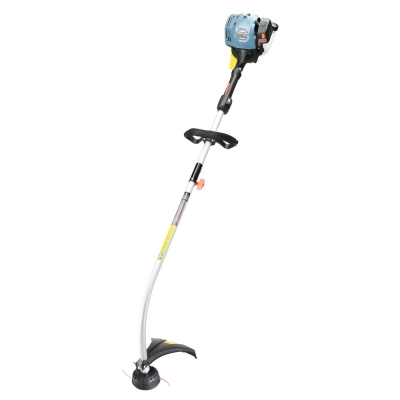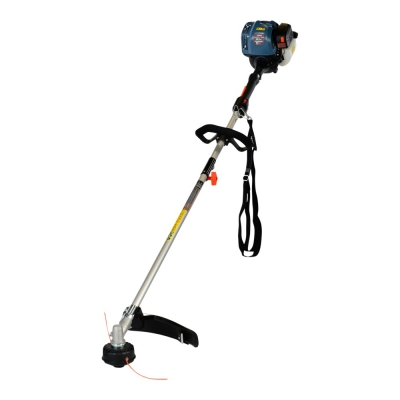Brush Cutter vs. String Trimmer: What’s the Difference?
Tending to an overgrown yard can feel like a battle—especially when you're not sure which tool will help you win. Many homeowners and landscapers face the same confusion: should you grab a string trimmer or opt for the more powerful brush cutter? While both tools share a similar silhouette, their differences lie deep in design, strength, and purpose.
Understanding what sets them apart not only helps you make smarter purchase decisions but also ensures you're using the right tool for the right job.
What is a String Trimmer?
A string trimmer—often called a weed eater or weed whacker—is a lightweight, handheld gardening tool primarily used for cutting grass and soft weeds in hard-to-reach places. It uses a fast-spinning nylon string to slice through vegetation, ideal for trimming edges around flower beds, fences, or sidewalks.
Most string trimmers are powered either by electricity (corded or battery) or gas. Electric models are quiet and low-maintenance, while gas-powered versions offer more mobility and cutting strength. Still, their power remains limited to lighter tasks.
Key Features of String Trimmers
Nylon string cutting line
Lightweight and easy to maneuver
Best for grass, weeds, and edging
Ideal for residential lawn maintenance
What is a Brush Cutter?
A brush cutter is the heavier-duty cousin of the string trimmer. Instead of a flexible nylon line, it typically uses a metal blade to slice through dense vegetation. Think saplings, thick weeds, tall grasses, and even small woody bushes. Brush cutters are designed for heavy clearing tasks and are built with more robust engines and sturdier frames.
While they may resemble string trimmers in shape, brush cutters are generally heavier and require a shoulder strap or harness for prolonged use. They often come with interchangeable attachments, allowing the user to swap blades for different types of vegetation.
Key Features of Brush Cutters
Metal or plastic blade system
Powerful engine (usually gas-powered)
Suitable for dense brush, saplings, and overgrowth
Designed for commercial or large-scale land maintenance
Major Differences at a Glance
| Feature | String Trimmer | Brush Cutter |
|---|---|---|
| Cutting Mechanism | Nylon string | Metal/plastic blade |
| Power | Low to moderate | High |
| Weight | Light | Heavy |
| Best Use | Grass and light weeds | Thick brush, saplings, and dense growth |
| Skill Level | Beginner-friendly | Requires strength and control |
| Engine Types | Electric (corded/battery), Gas | Mostly gas-powered |
| Maintenance | Low | Moderate to high |
When Should You Use a String Trimmer?
Use a string trimmer if your primary goal is to maintain an already-mowed lawn or to tidy up the edges of your yard. They're excellent for:
Trimming along sidewalks, fences, or driveways
Cutting grass in narrow or curved areas where a mower can't reach
Light weed control around garden beds
Their agility and light weight make them a favorite among residential users who need precision without the bulk.
When is a Brush Cutter the Better Choice?
If your property includes overgrown fields, brambles, or dense vegetation, a brush cutter is the right tool for the job. Choose one when you’re dealing with:
Invasive weeds with woody stems
Thick grass or tall underbrush
Small trees or shrubs
Clearing large, unmanaged plots of land
A brush cutter is also ideal for rural properties, farms, and landscaping professionals who regularly tackle aggressive growth.
Safety and Ease of Use
Because of its higher power and metal blade, the brush cutter requires more caution during operation. Protective gear like safety goggles, gloves, boots, and even leg guards is strongly recommended. The rotating blade can send debris flying, and its weight makes user fatigue more likely.
String trimmers, while safer and more beginner-friendly, still require attention. The nylon string can whip up small rocks or dirt, and long use without a shoulder strap can strain the arms and wrists.
Can One Replace the Other?
Not really. While there is some overlap in light-duty applications, brush cutters and string trimmers are purpose-built tools. Trying to clear thick brush with a string trimmer will wear it down quickly and potentially damage the motor. On the flip side, using a brush cutter for delicate edging is like using a chainsaw to trim bonsai—overkill in every sense.
However, many modern models come with multi-tool systems that allow you to switch between string trimmer heads and brush cutter blades. These hybrids are useful if you need both capabilities but don't want to invest in two separate machines.
Choosing between a brush cutter and a string trimmer isn’t about which is better—it's about what your specific yard or job site demands. For most homeowners, a string trimmer will cover basic needs. But if you're dealing with wild growth or prepping undeveloped land, a brush cutter earns its place in your shed.
Understanding the strengths and limitations of each tool not only boosts your efficiency but also extends the life of your equipment. When used correctly, both can be indispensable partners in outdoor maintenance.


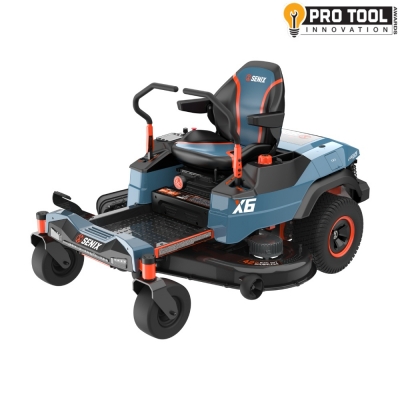
 (5.0)
(5.0)